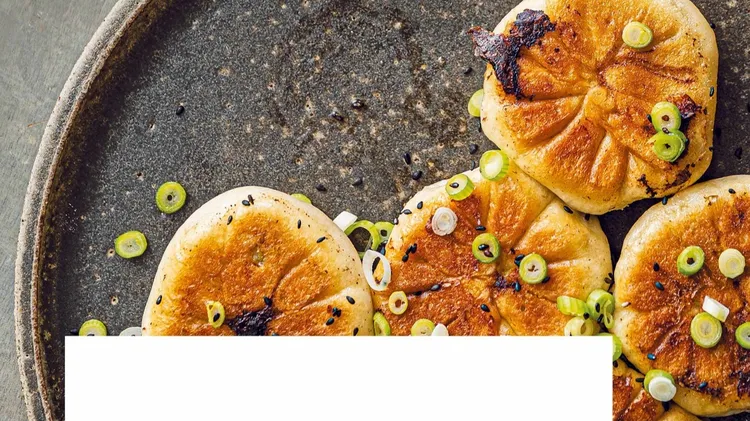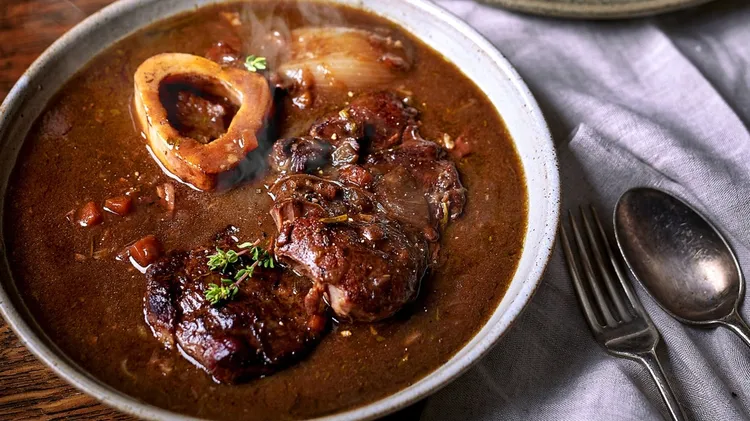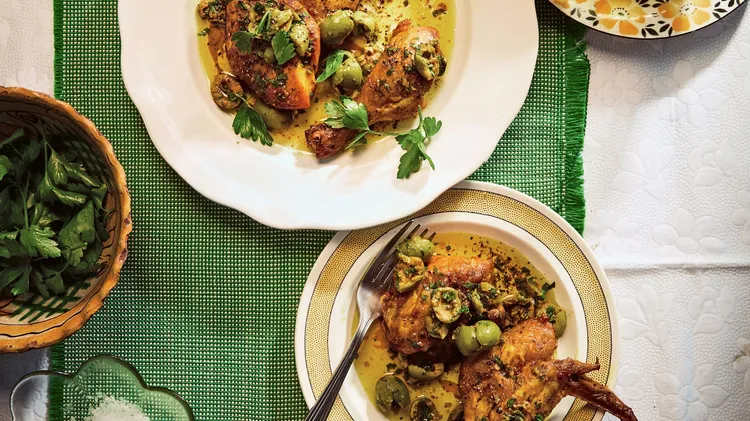Chef Yvonne kicks off a three-part series that champions some of the most belove
Shaoxing wine
5 min read
This article is from...
Read this article and 8000+ more magazines and newspapers on Readly






